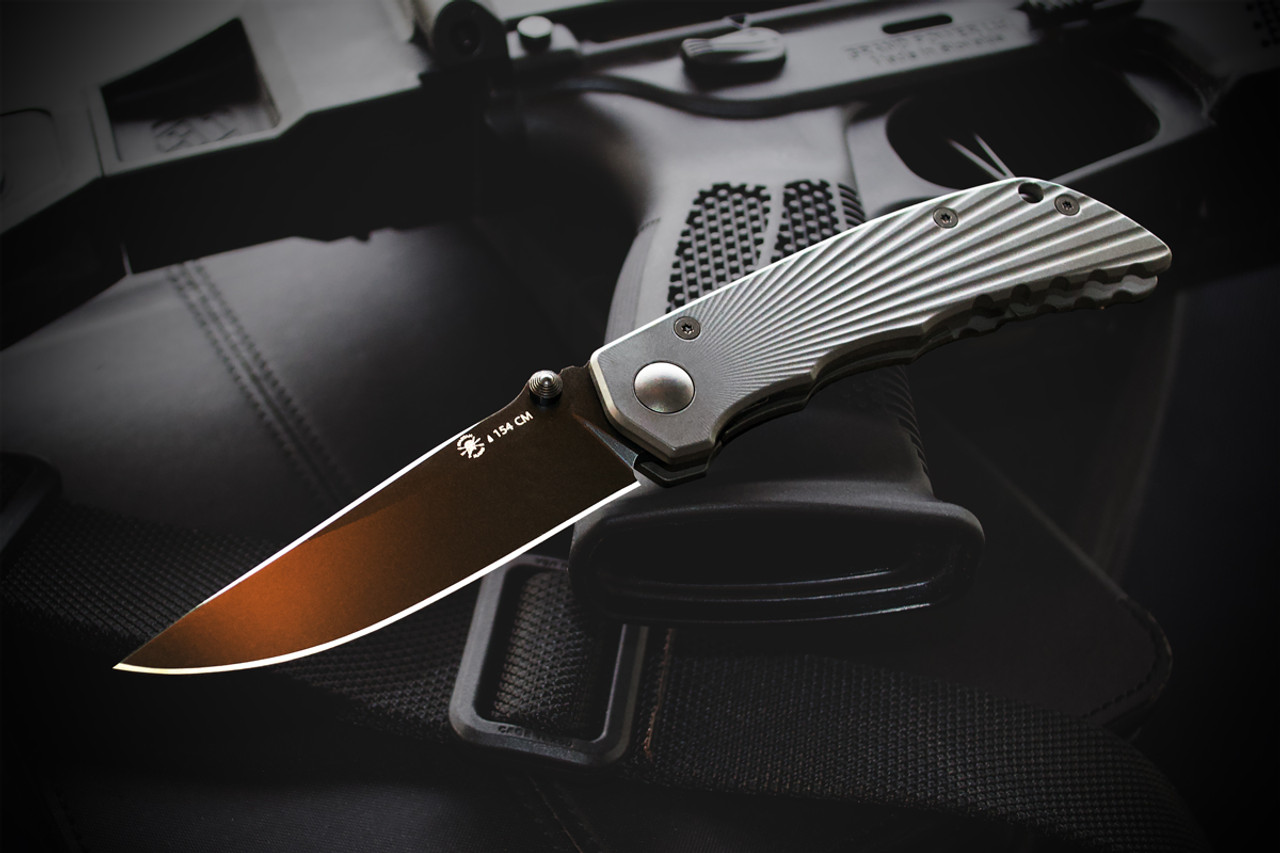For any kitchen professional, the importance of a perfectly functioning knife cannot be overstated. A critical aspect of knife maintenance is the knife pivot tension adjustment, a process that ensures your blade operates smoothly and efficiently. Let's delve into this intricate process and understand how it can enhance your culinary experience.

Understanding Knife Pivot Tension
The pivot tension refers to the tightness or looseness of the knife blade at its pivot point. This adjustment can significantly affect the knife's performance, particularly in folding knives. A well-adjusted pivot ensures that the blade opens smoothly and stays securely in place during use. On the other hand, poor adjustment can lead to a blade that is either too stiff to open or too loose, risking accidental closure.
Most kitchen professionals are familiar with the frustration of a knife that doesn't perform as expected. Whether it's due to prolonged use or the need for maintenance, understanding how to adjust the pivot tension is invaluable. This process not only enhances the functionality of the knife but also prolongs its lifespan.
Tools Required for Adjustment
Before diving into the adjustment process, it's essential to gather the necessary tools. Typically, you'll need a set of Torx drivers since most knives use Torx screws to secure the pivot. You might also find a small screwdriver useful, depending on the knife's design.
It's crucial to work in a well-lit area and have a clean, flat surface to prevent any parts from getting lost. A microfiber cloth can also be handy for cleaning the knife components during reassembly.
Step-by-Step Guide to Adjusting Knife Pivot Tension
Once you have your tools ready, follow these steps to adjust the pivot tension:
- Disassemble the Knife: Use the Torx driver to carefully unscrew the pivot screw. Ensure you keep track of all parts, including washers or bushings that might be present.
- Clean the Components: Wipe the pivot area and other components with a microfiber cloth to remove any debris or old lubricant. This step is crucial for ensuring smooth operation.
- Adjust the Tension: Reassemble the knife partially and test the tension. Tighten or loosen the pivot screw as needed to achieve the desired tension. The blade should open smoothly without wobbling.
- Reassemble Completely: Once satisfied with the tension, reassemble the knife completely and ensure all screws are securely tightened.
Common Mistakes to Avoid
While adjusting knife pivot tension is straightforward, there are common pitfalls to watch out for:
- Over-tightening: This can cause the blade to bind, making it difficult to open.
- Under-tightening: This can lead to a loose blade, increasing the risk of accidental closure.
- Ignoring Cleaning: Skipping the cleaning step can lead to debris buildup, affecting the knife's performance over time.
When to Seek Professional Help
While many adjustments can be handled at home, there are instances where professional help might be necessary. If the knife has complex mechanisms or if you're unsure about the adjustment process, consulting a professional can prevent damage. For more insights on knife care, visit this detailed guide on knives.
Enhancing Your Culinary Skills
Mastering knife pivot tension adjustment is a skill that significantly contributes to a kitchen professional's expertise. A well-maintained knife not only makes prep work smoother but also enhances safety in the kitchen. By dedicating time to learn and practice this adjustment, you're investing in your culinary toolkit's longevity and effectiveness.
For additional tips on knife maintenance and troubleshooting, explore our articles on blade centering issues and knife detent strength.

Frequently Asked Questions
What is the ideal tension for a knife pivot?
The ideal tension allows the blade to open smoothly with minimal resistance while remaining secure during use. It should not be too tight or too loose.
How often should I adjust my knife's pivot tension?
Frequency depends on usage. Regular users might adjust every few months, while others may only need to do so annually. Always adjust if you notice performance changes.
Can I use household tools for pivot adjustment?
While some household tools might work, it's best to use a Torx driver set designed for precision to avoid damaging the screws.
This article contains affiliate links. We may earn a commission at no extra cost to you.


























